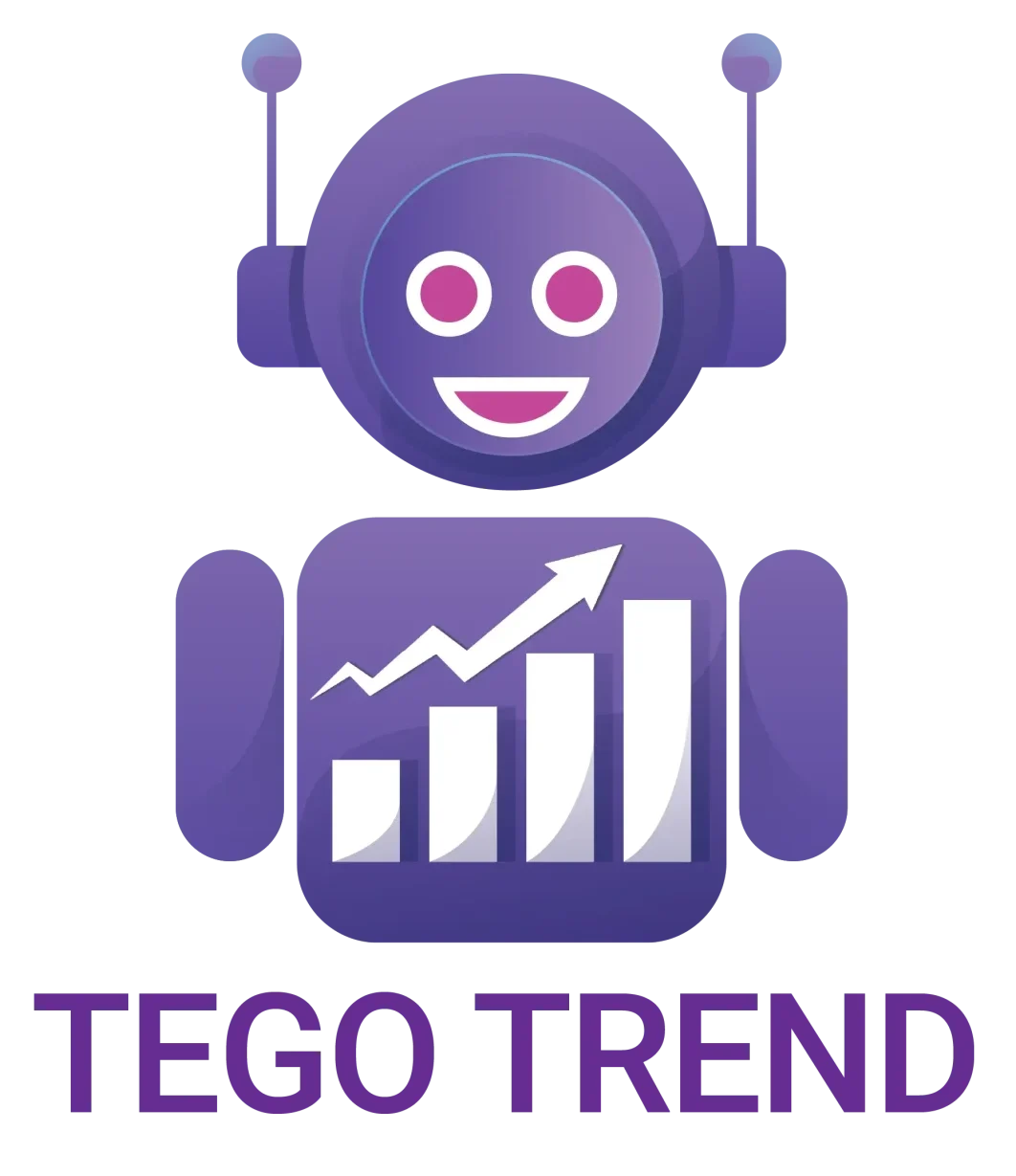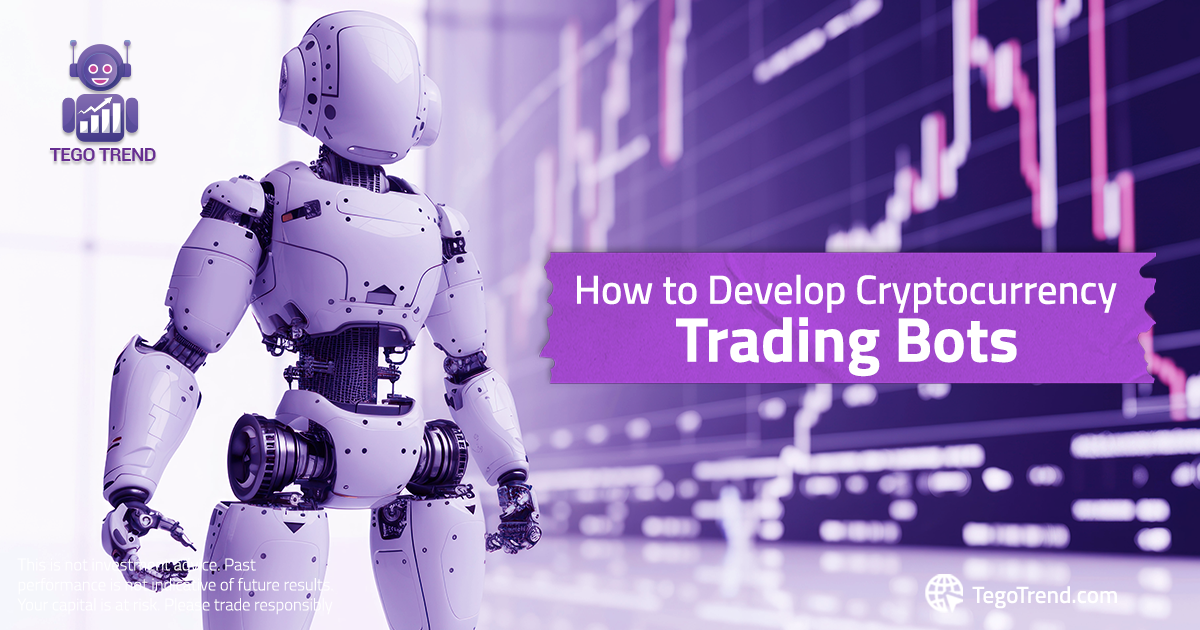How to Develop Crypto Trading Bots
Developing crypto trading bots is one of the leading trends in automated investing. These systems execute predefined strategies to ensure fast performance and reduce emotional interference in decisions. Development typically covers several main areas:
Defining the Bot’s Objective
First, clearly define the bot’s primary purpose—whether for short-term trades, managing long-term strategies, or exploiting price spreads. A clear objective makes it easier to set appropriate algorithms and specify the bot’s operating logic.
Choosing the Right Trading Environment
The bot must be connected to a trading environment that supports technical integration via APIs. A good environment should offer stability, security, and low-latency responses to ensure efficient order execution.
Designing the Core Strategy
The strategy is the foundation the bot works on. It can be based on technical analysis, on-chain/quant indicators, or price patterns. The key is that the rules are clear and programmable for automated execution.
Selecting the Programming Language
Use programming languages that provide flexibility and specialized libraries for quantitative analysis and financial data. Language choice depends on performance requirements and the need to integrate with other systems.
Connecting via APIs
APIs are the bridge between the bot and the trading environment. Through them you retrieve real-time price data, place buy/sell orders, and continuously monitor account and portfolio status.
Risk Management
The bot should include capital-protection mechanisms, such as stop-loss orders, position-size limits, and take-profit levels. These measures protect the user from large losses.
Performance Testing (Backtesting)
Before deploying the bot live, test it on historical data to verify the strategy’s effectiveness. Backtesting reveals how robust the bot is against market volatility and helps improve performance.
Ongoing Monitoring and Continuous Development
After launching the bot, it must be monitored and updated regularly. Market changes or shifts in the trading environment require strategy adjustments and code improvements to maintain efficiency.
Leveraging AI and Machine Learning
An advanced approach involves integrating AI algorithms. These tools help predict future trends and analyze complex data, making the bot more adaptable to market conditions.
By addressing these areas, you can build a professional trading bot that is fast, flexible, and secure—contributing to more stable and effective results in crypto markets.


